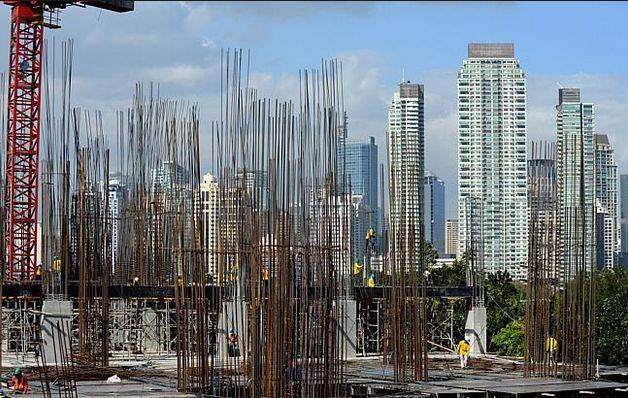
Reading Time: minutes
Despite only being into its first two weeks, 2016 is quickly proving to be a challenging year for the Philippines as its long-term growth continues to be threatened by the slowdown of the world's largest economies, particularly China. Worries are focused on China's transition from a manufacturing economy to a more consumption-driven economy; its slowdown has already created a negative trend in both the global and emerging markets, resulting in a lowered global economic growth forecast by the World Bank to 2.9% from 3.3% last year.
Furthermore, the Philippines' short- to medium term growth in 2016 hangs in the balance with the impending national elections in May. Given the significant role of the incumbent Aquino administration in stimulating confidence in the Philippine market, investors are now concerned regarding the transition to the new administration and how it would impact economic reforms already in place.
Positive macroeconomic indicators mitigate threats
Although faced with these threats, the Philippines is still in a good position to continue its economic gains given its robust underlying fundamentals: advantageous demographics, healthy public finance, strong private consumption, growing outsourcing industry, and the steady inflow of Overseas Filipino Workers (OFW) remittances. In fact, the World Bank, despite lowering average global economic growth, retained the Philippines' growth forecast of 6.4%, although this is still below government target of 7% to 8%.
The country's growth in the short- to medium-term will be supported by the accelerated implementation of the pending public-private partnership projects, spending related to the May 2016 election, and the private consumption of its young and rapidly expanding population.
However, in the long-term, the Philippines still faces the challenge of its consumption-heavy but investment-light type of structure, making its growth less inclusive and seemingly unsustainable unless it sees more investments. Aside from this, the country's lack of basic infrastructure and its delay in opening up areas of the economy to foreign competition persistently plague its potential growth. As long as these are not properly addressed, PH cannot fully maximize its strong fundamentals as well as the opportunities in its partnerships with other countries, such as the ongoing ASEAN integration.
PH economic growth poised to remain robust
Despite this, the Philippines' consumption-heavy structure has a key advantage-it makes the economy less vulnerable to outside shocks. Should there be volatility in its economic growth, it will be likely due to the shifts of foreign trade, if there is weakened global demand.
Like most developing economies, however, the Philippines' growth will be greatly affected by the election results in 2016. The main risks to the country's growth are political and the country's economic potential will be highly affected by the policies, decisions, and actions of the new administration.
Read Part 2 here.

